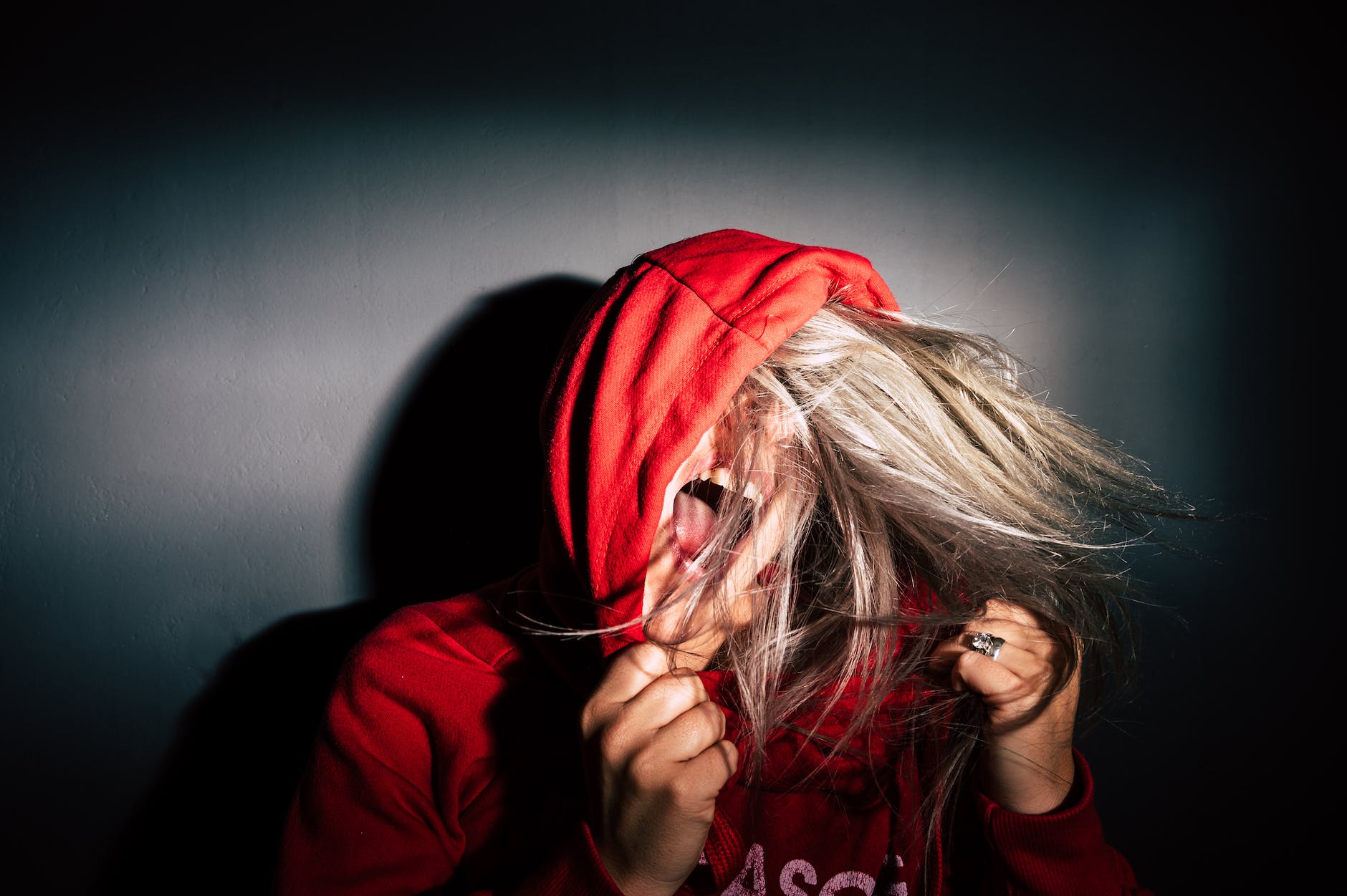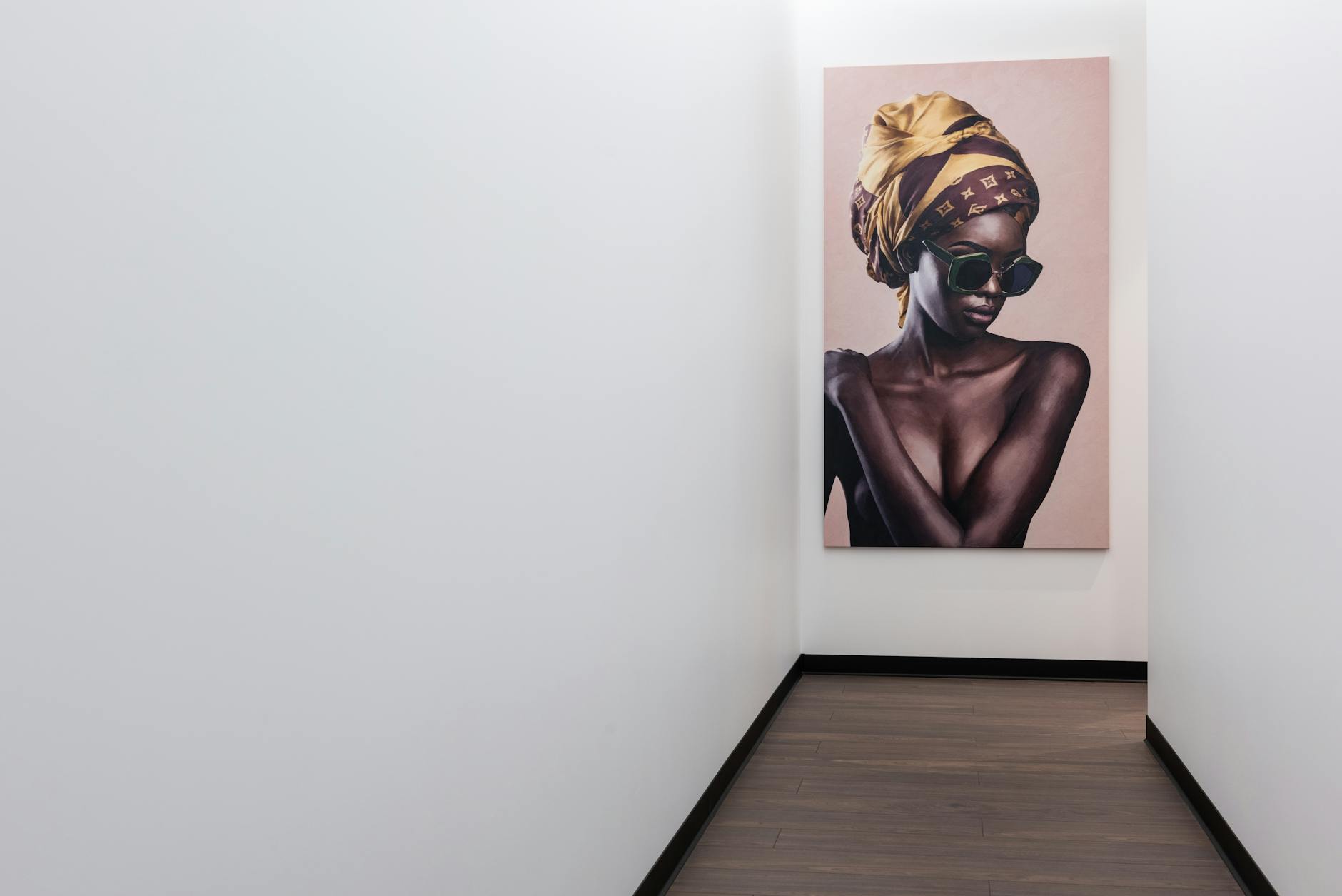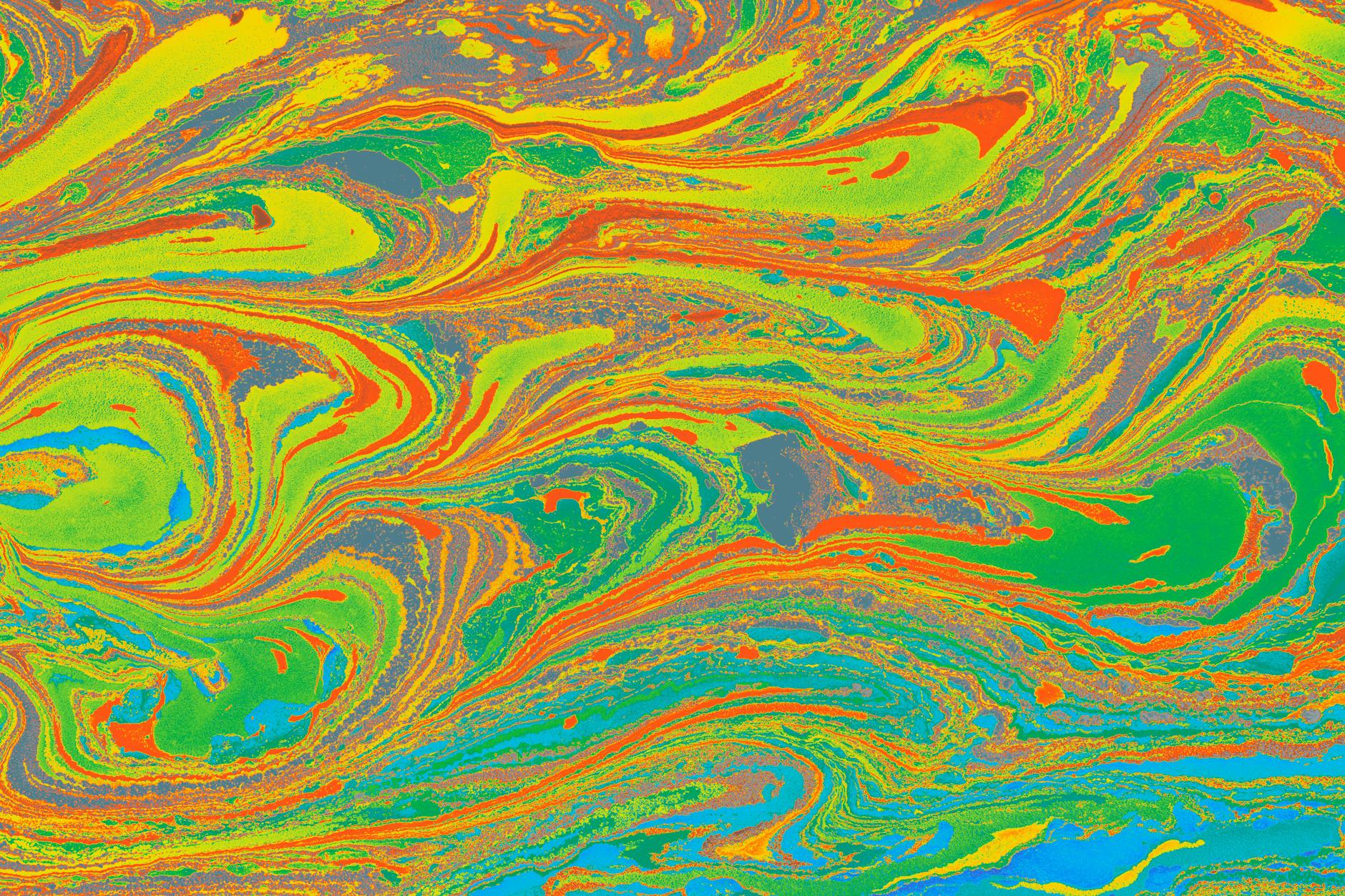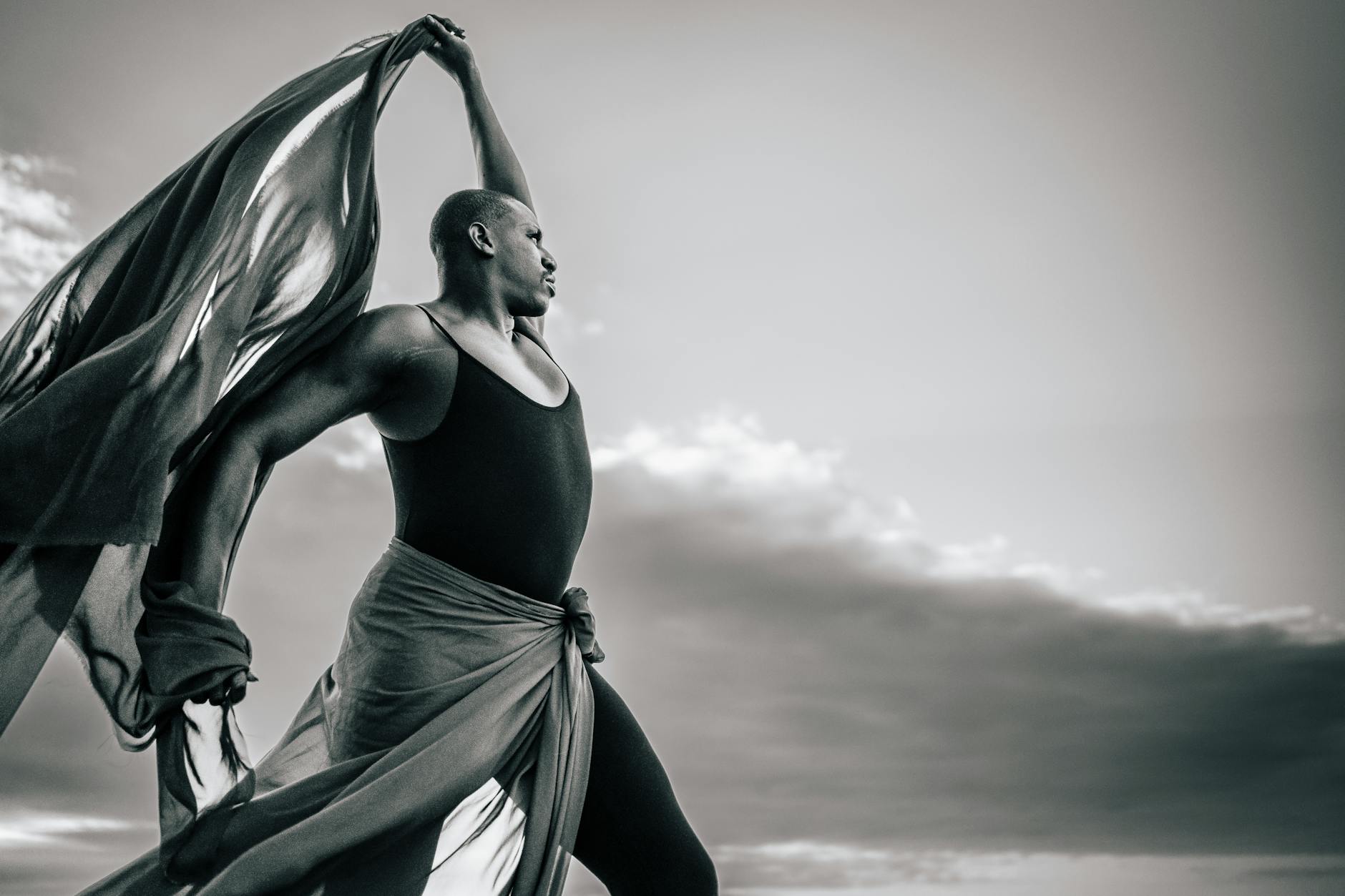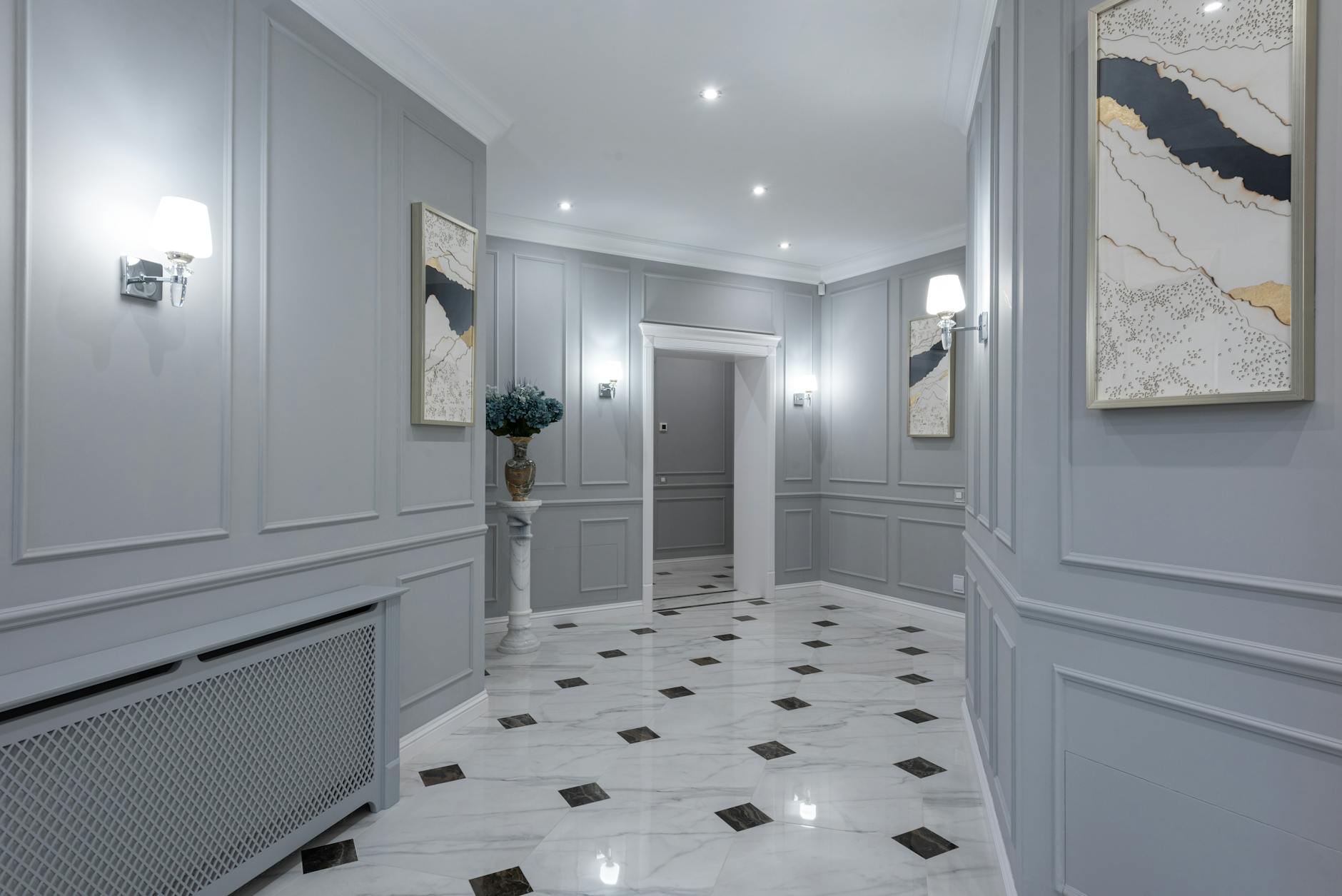Art, an expressive medium which bridges reality and imagination, often serves as a reflection of societal dynamics. One such profound instance is the role played by psychedelic art in counterculture movements. Psychedelic art, heralding from the 1960s, is intrinsically tied to notions of rebellion, social movements, and radical political activism. Its vivid patterns, vibrant colors, and distorted, surrealistic visuals served not just as an aesthetic choice, but also as an act of defiance and non-conformity, challenging the mainstream norms and fostering a cultural revolution.
The psychedelic art movement was synonymous with the counterculture of the 1960s, encompassing global uprising against authority, conformism, war, and social inequalities. A significant inspiration for the psychedelic art movement was the emergence of hallucinogenic substances like LSD, which catalyzed a shift in consciousness that was reflected in the art. This connection between psychedelic substances and the art became apparent not only in its visual lexicon but also in how the art was used within the counterculture, such as in underground art gatherings to show solidarity and promote shared experiences.
The psychedelic art movement was not confined to paintings or static visual arts solely. It branched out into myriad expressive channels including album covers, concert posters, and underground comic books, perpetuating counterculture ethos. Perhaps, the most famous example is the cover art for the Beatles’ album ‘Sgt. Pepper’s Lonely Hearts Club Band’, a perfect synergy of psychedelic art and counterculture, signaling rebellious spirit of the age.
A key manifestation of psychedelic art as a tool for political activism appeared in the form of street murals and graffiti. Artists used public spaces as their canvas to spread messages of resistance and change. These works of art spoke directly to the people, immune to censorship or dilution by the media, thus playing a vital role in promoting social movements.
Moreover, psychedelic art also found a home in the thriving underground press of the 60s and 70s. Publications like ‘The East Village Other’, ‘Oz’, and ‘The Berkeley Barb’ liberally featured such art to engage their readership by visually punctuating their anti-establishment ideology. These publications played a pivotal role in giving voice to the counterculture aspirations against the backdrop of the conservative mainstream press.
An integral player in fortifying the connection between psychedelic art and the counterculture movement was the poster artist and illustrator, Rick Griffin. His work centered on themes of transcendence, spirituality, and the promise of a better world, thereby encapsulating the ethos of the age. Griffin’s work for bands like the Grateful Dead and the Jimi Hendrix Experience, not only propelled his own fame but also made psychedelic art a defining characteristic of the counterculture era.
From a broader perspective, psychedelic art was not just emblematic of the counterculture movement, but also contributed to the shaping of it. The vibrant, flowing designs became visual metaphors for freedom of thought, spiritual exploration, and rejection of authority, thereby fueling the wider cultural revolution in thought and action.
While its most prominent years might be past, the influence of psychedelic art persists. It continues to inspire contemporary artists, and its legacy is evident in various offshoots ranging from visionary art to cyberdelic art. Its underlying narrative of breaking away from default realities and promoting individual freedoms still resonates, marking it as not just a fleeting phenomenon, but a persistent symbol of rebellion.
In conclusion, the role of psychedelic art in counterculture movements was transformative. It visually communicated feelings of liberation, dissolution of boundaries, and questioning of authority, making it an integral part of the ideological fabric of the counterculture movement. Regardless of its form, psychedelic art has always been a rallying point for free expression and a tangible manifestation of the intricacies of our ever-evolving social landscapes. Today, as we navigate through the turbulent currents of global change, it remains a vivid reminder of arts’ power to inspire, provoke and unite.
Sources:
‘Chicago Tribune’
‘The Smithsonian’




